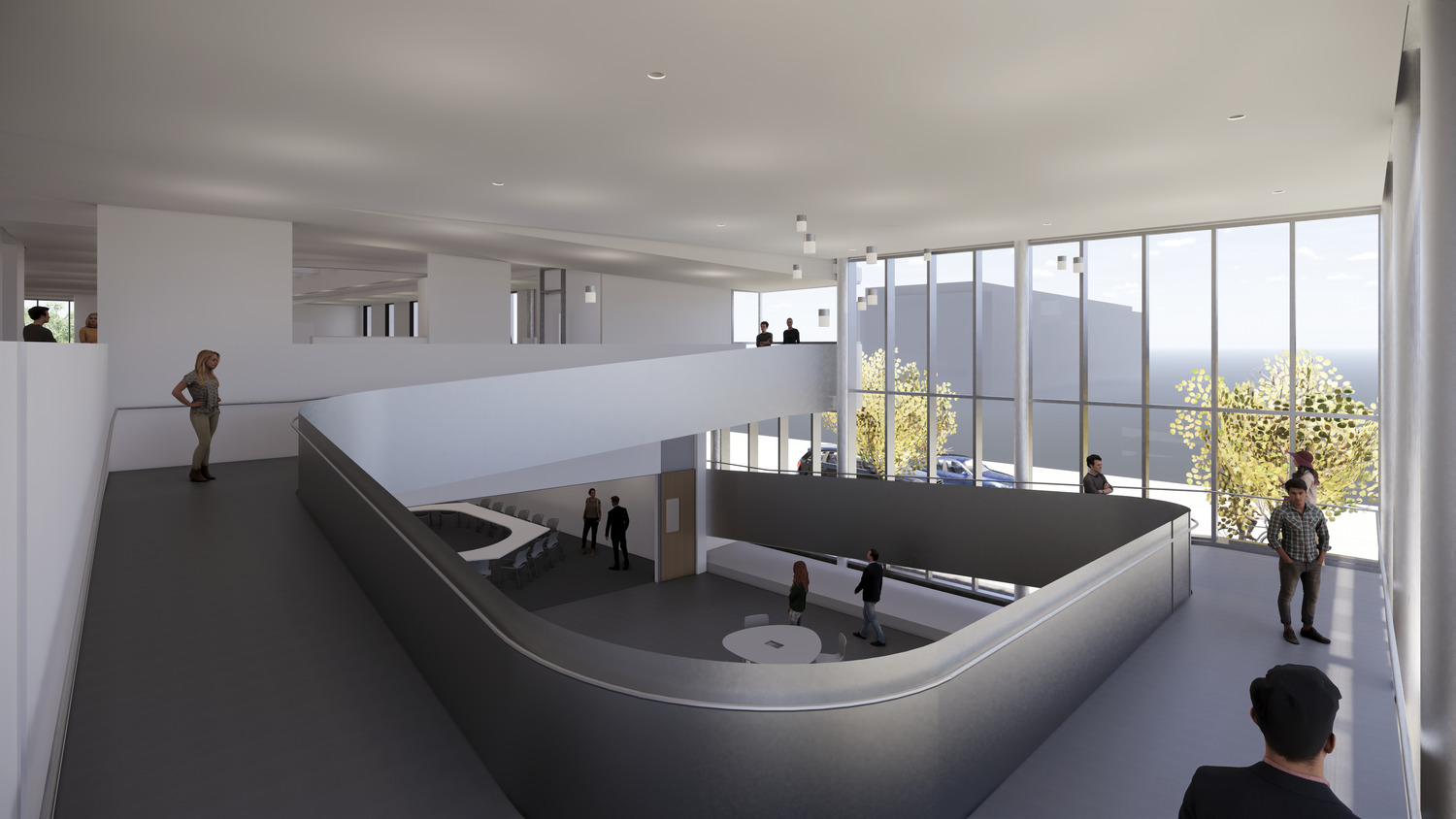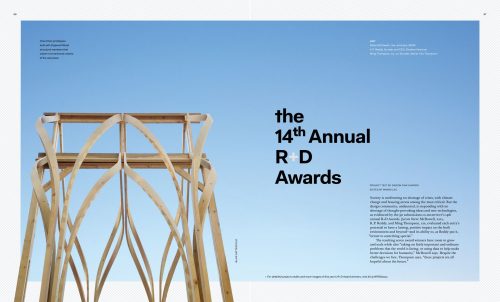
Celebrating 30 Years of ADA: Harkin Institute Featured in The Des Moines Register
On July 26, America celebrated with The Harkin Institute and Sen. Tom Harkin the 30th Anniversary of the Americans with Disabilities Act, and honored the life of Rep. John Lewis, crossing the Pettus Bridge – petitioned to be renamed the John Lewis Bridge in honor of his life and legacy – in Selma, AL, one last time. We look forward to elevating and informing our work with equity and inclusivity inspired by the important convictions and commitments celebrated on this day.
The Americans with Disabilities Act, signed into law in 1990, has changed the course of history in the U.S., breaking down barriers and protecting the civil rights of individuals with disabilities in employment, state and local government, public accommodations, and telecommunications. [1] [2]
For the architectural design industry, the ADA has shaped design of buildings and landscapes through the creation of design standards for accessibility. These standards have endured for three decades and provide the foundation for architects and designers to now elevate an expanded approach for inclusive design centered on equity, and empathy.
In the design of the new facility for The Harkin Institute for Public Policy and Citizen Engagement at Drake University, BNIM was inspired by former Sen. Harkin’s work and challenged to create a facility centered on empathy and inclusivity. The design utilizes the ADA as a baseline and incorporates many other Universal Design strategies to elevate experiences for all.

Through collaboration with the Harkin Institute, the BNIM design team, led by Kevin Nordmeyer, AIA, Jason Kruse, AIA, and Tina Wehrman, developed a thoughtful understanding of accessibility to help inform inclusive design principles categorized as generous space, equitable experiences, clear path, and individual empowerment. These guiding principles informed design strategies such as:
- A two-story ramp as a primary, common path between floors for all;
- Generously sized circulation spaces to support sign-language conversations and multiple wheelchair-users;
- A spectrum of work and meeting spaces that are flexible and organized for various abilities;
- Daylighting and lighting design concepts that create better environments for those with low vision and hearing difficulties;
- High-contrast and textural cues for low-vision individuals;
- Gender-inclusive restrooms;
- Wellness rooms to recover from stress
Kevin Nordmeyer explains, “What our work with the Harkin Institute has taught us is that the ADA is a baseline requirement, and there is a larger constituency of disabled individuals that can be served by expanding our understanding of their needs through inclusive, empathetic design.” The inspiration provided by Sen. Tom Harkin and The Harkin Institute will continue to elevate our work in human purposed integrated design – design that creates beautiful, integrated, living environments that inspire change and enhance the human condition.
Read more about the 30 years of ADA and Harkin Institute for Public Policy + Citizen Engagement in “After 30 years of ADA, there is still work to be done, former Sen. Tom Harkin says,” by Maya Miller in The Des Moines Register.

